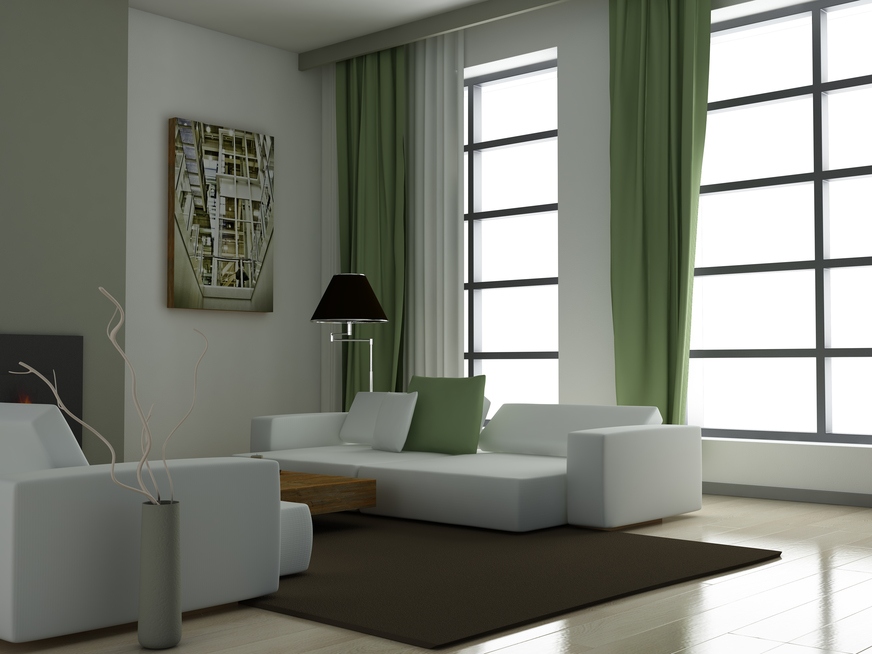
Carpeting in your home has its pros and cons. On the plus side, carpets provide warmth, cushioning as you walk around the house, a comfortable place for kids to play, and a degree of sound absorption. On the other hand, carpets require more maintenance than other forms of flooring, and there’s always the worry that one errant glass of wine will make a big splash and permanently mark the fibres on your floor. Because of the two sides to carpeting, it’s important to place it in the right areas of your home so that you can enjoy its benefits without worrying about its drawbacks.
Bedrooms
Have you ever arose on a winter morning, tossed your warm comforter aside, then felt a cold shock when you stepped foot on bare flooring? Unless you can seamlessly slide your feet from your bed to your slippers each and every morning, a carpeted bedroom floor may be worth considering. Carpeting in the bedroom gives the room a softer feel, both literally and figuratively, and that’s important for the place where you rest and recharge. Additionally, the sound absorbing ability of carpet can help keep the activities of the bedroom’s occupants private – teenagers can listen to their music, and adults can do whatever it is adults do in their bedrooms.
The living room
Carpet in the living room means your couch won’t be the only soft seat in the area. A carpeted floor creates space for people to stretch out comfortably and watch TV, play a game, or just converse with others. In the colder months, carpeting can help keep the family room warm, reducing the need to crank up the furnace.
Staircases
When you consider carpeting for your home, look beyond the rooms themselves. Staircases are good candidates for carpeting, because they provide more traction than hard, flat surfaces, making climbing or descending stairs a little safer. If you have kids who like to run around the house, you don’t want to risk them slipping on a step and hurting themselves.
The kitchen
When’s the last time you saw someone with a carpeted kitchen? Well there’s a reason for that. Cooking and serving food can be messy processes, and there’s always the risk of food and drink spilling on the floor. Crumbs alone would be a pain to constantly vacuum up, but imagine spilling tomato sauce or chocolate pudding. Using the kitchen sink can also pose a problem, as splashed water will soak into carpet.
The bathroom
Like the kitchen, the bathroom is rarely, if ever, a room that sees carpeting. Bathroom rugs that can be easily removed and cleaned are okay, but wall-to-tub carpeting is a no-no. Because bathrooms are often warm, damp, and humid places, they can be a breeding ground for mold. A carpeted floor only adds to that possibility by trapping heat and soaking up water.
Basements and attics
Mold can be a problem in both basements and attics because, like bathrooms, they are often damp and humid places. Carpet in these areas can turn into a home for mold, which may lead to costly and time-consuming cleaning. In the case of basements, carpet can be problematic in the event of a flood. Rather than risk having to tear out carpet after a basement flood, you might be wise to leave it out of the basement to begin with.

